How much should a cat eat?

How much a cat should eat depends on its weight, age, activity and also its state of health. Let's take a look at how we can determine the recommended amount in this blog post. We will also look at the types of food and what devices we can use to make it easier to feed your cat if you are travelling or at work.
Why is nutrition so important?
It goes without saying that a healthy, balanced and sufficient diet is the foundation of a cat's health:
- weight control: being overweight can have a significant impact on health. It can lead to diabetes, breathing difficulties and joint diseases.
- fur condition: a good quality food rich in vitamins and minerals promotes a beautiful, shiny and healthy coat.
- immune system: a balanced diet ensures and strengthens good immunity.
How to determine how much food is needed?
Weight and activity
The amount of food, according to the weight of the cat, is indicated on the food packaging. Divide the amount shown in the table by the number of meals to obtain the amount of food to be given at one time. On average, a cat needs 20-30 calories per kilogram per day. How then can one know whether 20 or 30 calories are needed? It depends, first of all, on the activity level. Adult cats living in an apartment will need 20 calories per kilogram, whereas those living in a private house and frequently going outdoors will need 30 calories per kilogram of weight.
Age is also an important factor
- Kittens: more calories are needed for growth and development, 25-30 grams per kilogram can be calculated.
- Adult cats: should be based on the cat's activity, but as a guide, for an active cat this will be 30 grams per kilogram.
- Older cats are more sedentary, so less calories are needed, around 25 grams per kilogram.
Dry or wet food?
Dry food
Dry food is more calorie-rich per gram of food. This should be taken into account when portioning the meal. Dry food is practical because it has a longer shelf life and has a positive effect on the health of the zoobes. A good quality feed will contain at least 70% meat (the more the better, of course), so research the composition of the feed before making a purchase.
Wet food
Wet feed contains more water and is consequently less calorie-dense. Perfect if your pet is reluctant to take liquids. In terms of taste, most cats prefer this type of food. It is possible to use both types of food and is even recommended.
Choose a food that is high in meat and low in cereals and other fillers. A quality food is one that is high in protein. Carefully study the calorie count on the packaging so that you can calculate the amount of food you need.
How often should I feed my cat?
Frequency of feeding
- Kittens: 3-4 times a day.
- Adult and elderly cats: 2-3 times a day.
Free access or controlled feeding?
Some owners prefer to leave dry food available all day, but this may encourage the animal to overeat. Putting a large amount of food in a bowl to last a long time is also not hygienic - dust accumulates in the food and debris can build up. It is advisable to feed the cat at set times and to control the portions of food. Automatic feeders, which you will find HERE, can be very useful for this purpose.
An automatic cat feeder provides convenience for the owner and a dosed, regular and hygienic feeding for the cat. Even if you go away for several days, you can maintain a regular feeding schedule, which is essential for both weight control and a healthy digestive system.
 Car audio amplifiers
Car audio amplifiers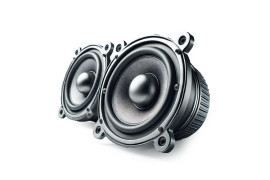 Car Audio Systems
Car Audio Systems Car radios
Car radios Dictaphones
Dictaphones Headphones
Headphones Home audio
Home audio Microphones
Microphones Portable media players
Portable media players Radios
Radios Smart speakers
Smart speakers Speakers
Speakers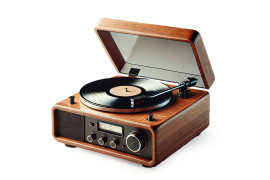 Turntables
Turntables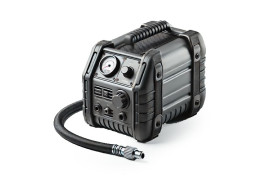 Car air compressors
Car air compressors Car multimedia
Car multimedia Diagnostic devices
Diagnostic devices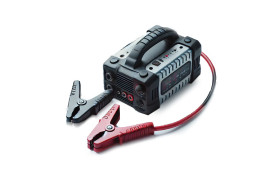 Jump starter / Powerbank
Jump starter / Powerbank Navigation Systems
Navigation Systems Phone car chargers
Phone car chargers Phone mounts
Phone mounts Transmitters
Transmitters Video recorders
Video recorders 3D printers
3D printers Computer accessories
Computer accessories Computer chairs
Computer chairs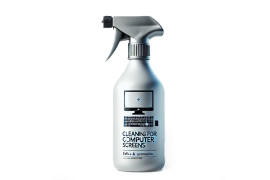 Computer cleaning products
Computer cleaning products Computer components
Computer components Computer mouses
Computer mouses Computers (NUC)
Computers (NUC) Desktop computers
Desktop computers I/O Cards & Adapters
I/O Cards & Adapters Keyboards
Keyboards Laser engravers and cutters
Laser engravers and cutters Monitors
Monitors Mouse Pads
Mouse Pads Notebooks and accessories
Notebooks and accessories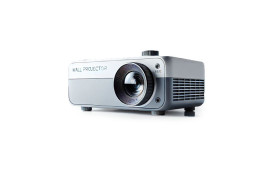 Projectors
Projectors Routers, network equipment
Routers, network equipment UPS
UPS Video games consoles and accessories
Video games consoles and accessories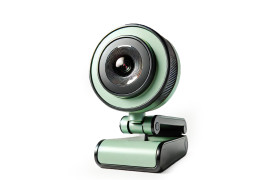 Webcams
Webcams Wires, cables and adapters
Wires, cables and adapters Animal care
Animal care Automatic feeders
Automatic feeders Automatic pet water fountains
Automatic pet water fountains Carriers and crates
Carriers and crates Cat litter boxes
Cat litter boxes Collars, harnesses and leashes
Collars, harnesses and leashes Pet supplies
Pet supplies Pet toys
Pet toys Axes
Axes Garden hose fittings
Garden hose fittings Garden hoses
Garden hoses Garden shears
Garden shears Garden spray guns
Garden spray guns Garden sprinklers
Garden sprinklers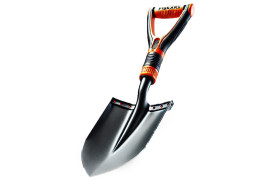 Garden tools
Garden tools Hose trolleys & reels
Hose trolleys & reels Lawn & garden watering
Lawn & garden watering Lawn edges & palisades
Lawn edges & palisades Log tongs
Log tongs Mosquito Protection
Mosquito Protection Other garden tools
Other garden tools Tarpaulins
Tarpaulins Wheelbarrow
Wheelbarrow Batteries and chargers
Batteries and chargers Branch shredders
Branch shredders Chainsaws
Chainsaws Cultivators / Tillers
Cultivators / Tillers Ground drills
Ground drills Hedge trimmers
Hedge trimmers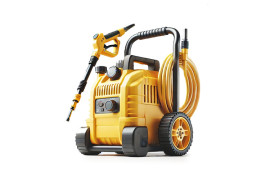 High pressure washers
High pressure washers Lawn scarifier and aerator
Lawn scarifier and aerator Lawnmower robots
Lawnmower robots Lawnmowers
Lawnmowers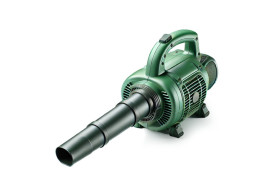 Leaf blowers
Leaf blowers Log splitter
Log splitter Multifunctual machines
Multifunctual machines Sprayers
Sprayers Trimmers and brushcutters
Trimmers and brushcutters Vibratory plates
Vibratory plates Water pumps
Water pumps Petrol generators
Petrol generators Petrol/LPG generators
Petrol/LPG generators Inverter generators
Inverter generators Diesel generators
Diesel generators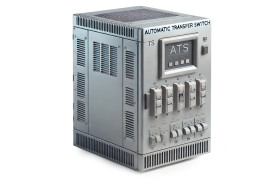 Generator accessories
Generator accessories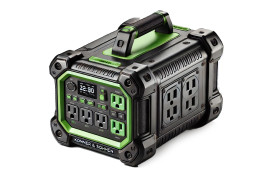 Power Stations
Power Stations Solar panels
Solar panels Board games
Board games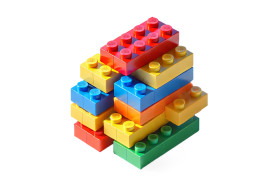 Constructors
Constructors Educational and Interactive Toys
Educational and Interactive Toys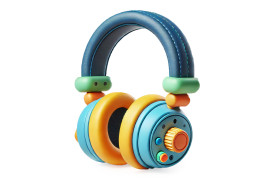 Electrical appliances for children
Electrical appliances for children Lego
Lego Puzzles
Puzzles RC toys
RC toys Toddler
Toddler Toys
Toys Bodycare
Bodycare Dental hygiene
Dental hygiene Hair care
Hair care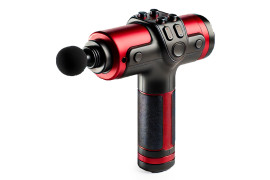 Health
Health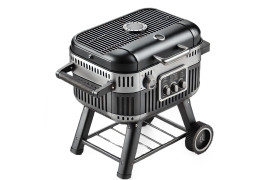 Air fryers / Grills
Air fryers / Grills Bread machines
Bread machines Cleaning supplies
Cleaning supplies Clothing care
Clothing care Coffee Machines & Accessories
Coffee Machines & Accessories Cooker hoods
Cooker hoods Dishwashers
Dishwashers Extension cords
Extension cords Floor cleaning
Floor cleaning Food slicers
Food slicers Freezers
Freezers Heating and ventilation
Heating and ventilation Hobs
Hobs Home interiors
Home interiors Kitchen utensils and cutlery
Kitchen utensils and cutlery Lighting
Lighting Microwaves
Microwaves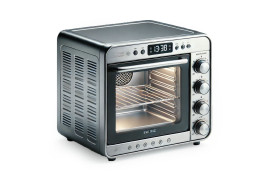 Mini ovens
Mini ovens Other Appliances
Other Appliances Ovens
Ovens Padlocks
Padlocks Refrigerators
Refrigerators Small kitchen appliances
Small kitchen appliances Steam cleaners
Steam cleaners Vacuum cleaners / Robots
Vacuum cleaners / Robots Vacuum sealers
Vacuum sealers Water filtration systems
Water filtration systems Weather stations & thermometers
Weather stations & thermometers Window cleaners
Window cleaners Multifunction printers
Multifunction printers  Binding Machines
Binding Machines Cleaning Products
Cleaning Products Inkjet Printers
Inkjet Printers Inkjet Supplies
Inkjet Supplies Label printers
Label printers Laminators
Laminators Laser Printer Supplies
Laser Printer Supplies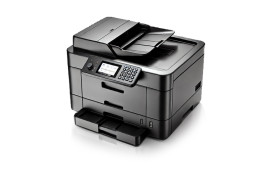 Laser Printers
Laser Printers Scanners
Scanners Shredders
Shredders Stationery
Stationery Visualisers
Visualisers Action cameras
Action cameras Batteries
Batteries Camcorders
Camcorders Camera bags
Camera bags Diapositive Scanner
Diapositive Scanner Drones & accessories
Drones & accessories Hunting & trail cameras
Hunting & trail cameras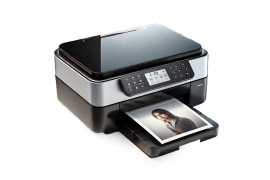 Photo printers
Photo printers Photocamera
Photocamera Photography studio equipment
Photography studio equipment Rechargeable battery chargers
Rechargeable battery chargers Video Surveillance
Video Surveillance Batteries for photo and video equipment
Batteries for photo and video equipment Other equipment
Other equipment Digital picture frames
Digital picture frames E-readers
E-readers Fitness trackers
Fitness trackers Graphics tablets
Graphics tablets GSM phones
GSM phones Landline phones
Landline phones VoIP phones
VoIP phones Walkie Talkie
Walkie Talkie Mobile phones
Mobile phones Tablet
Tablet Smart watch
Smart watch Smart device accessories
Smart device accessories Home automation
Home automation Thermostats
Thermostats Bicycles
Bicycles Bike accessories
Bike accessories Bike locks
Bike locks Binoculars
Binoculars Camping
Camping Electric scooters
Electric scooters Handheld GPS
Handheld GPS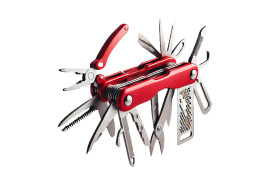 Multitools
Multitools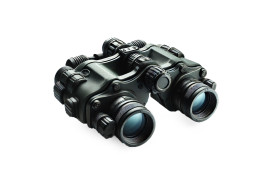 Night Vision Devices
Night Vision Devices Sports accessories
Sports accessories Telescopes
Telescopes Treadmills
Treadmills Water sports
Water sports Automotive hand tools
Automotive hand tools Batteries / chargers
Batteries / chargers Cement mixers
Cement mixers Construction hand mixers
Construction hand mixers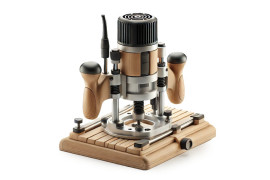 Cutter
Cutter Electric winches
Electric winches Glue, silicone, grease guns
Glue, silicone, grease guns Grinding machines
Grinding machines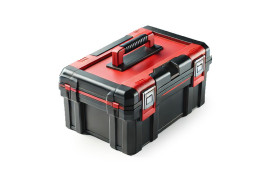 Hand tools
Hand tools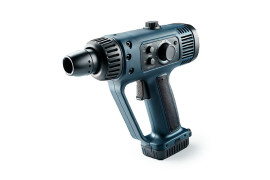 Heat guns
Heat guns Multicutters
Multicutters Nail guns, staplers and rivets
Nail guns, staplers and rivets Other power tools
Other power tools Paint sprayers
Paint sprayers Personal protective equipment
Personal protective equipment Planers
Planers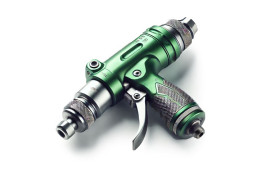 Pneumatic tools
Pneumatic tools Power tool accessories
Power tool accessories Power tool sets
Power tool sets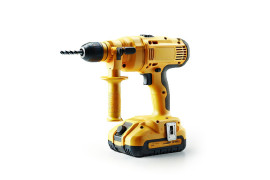 Rotary hammers
Rotary hammers Rotary tools
Rotary tools Saws
Saws Screwdrivers and drills
Screwdrivers and drills Sharpeners
Sharpeners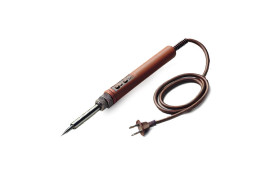 Soldering irons / Pipe welders
Soldering irons / Pipe welders Tile cutters
Tile cutters Welding machines
Welding machines Blu-Ray and DVD players
Blu-Ray and DVD players Multimedia players
Multimedia players TV aerials
TV aerials TV Mounting Kits
TV Mounting Kits TV remote controls
TV remote controls TVs
TVs












